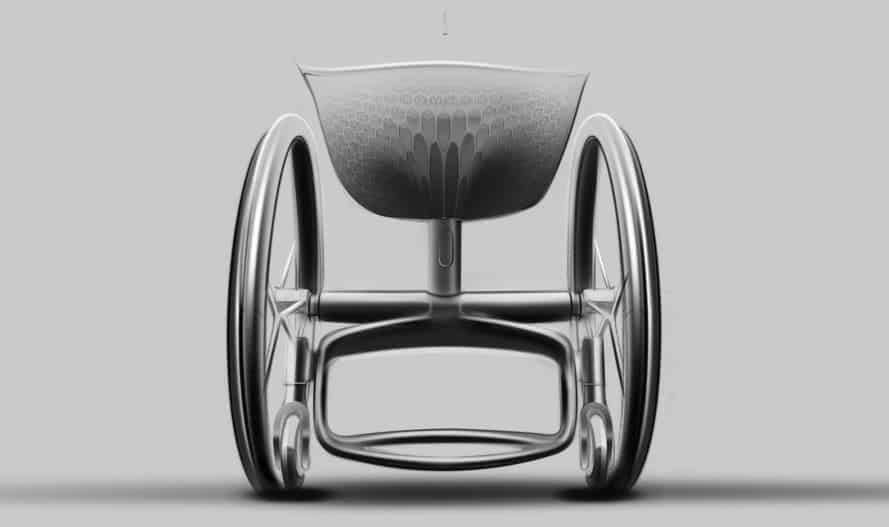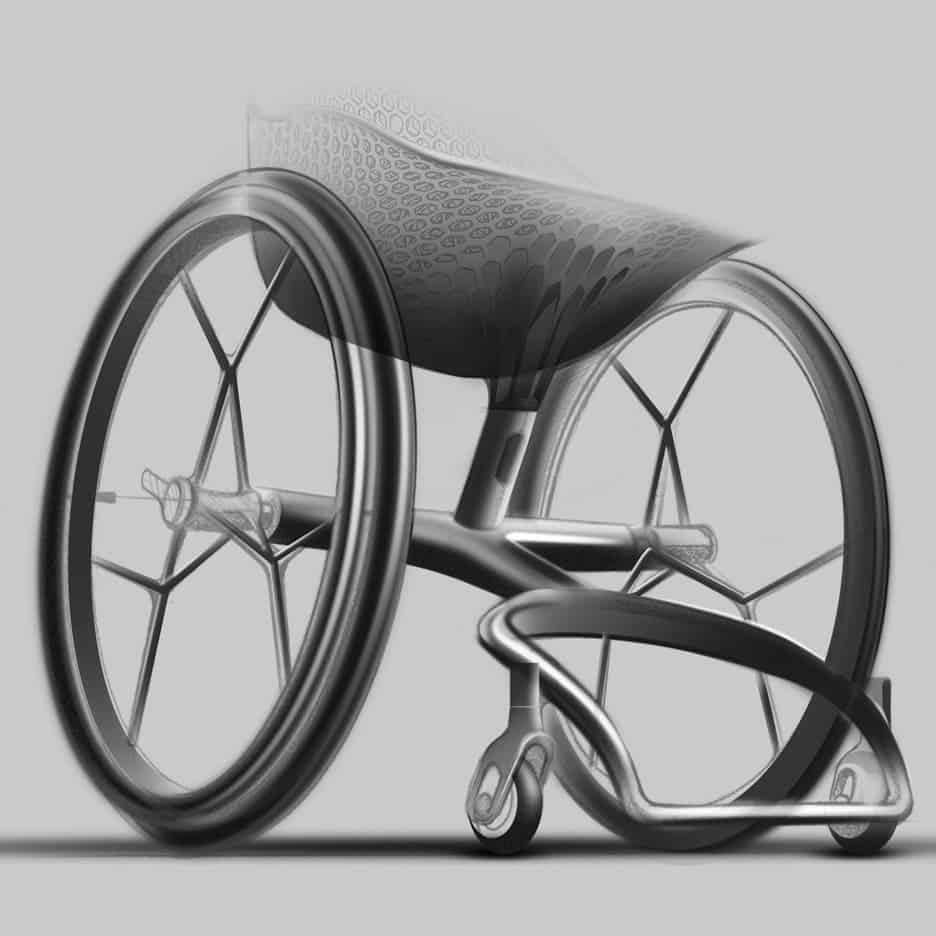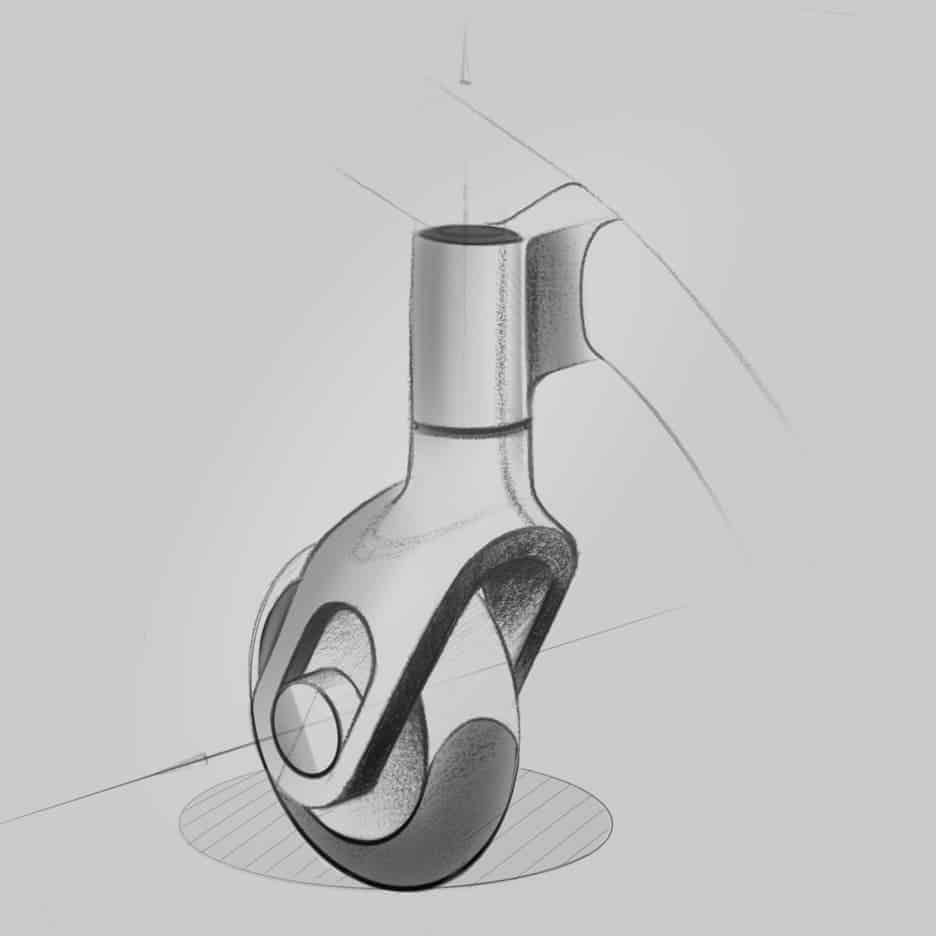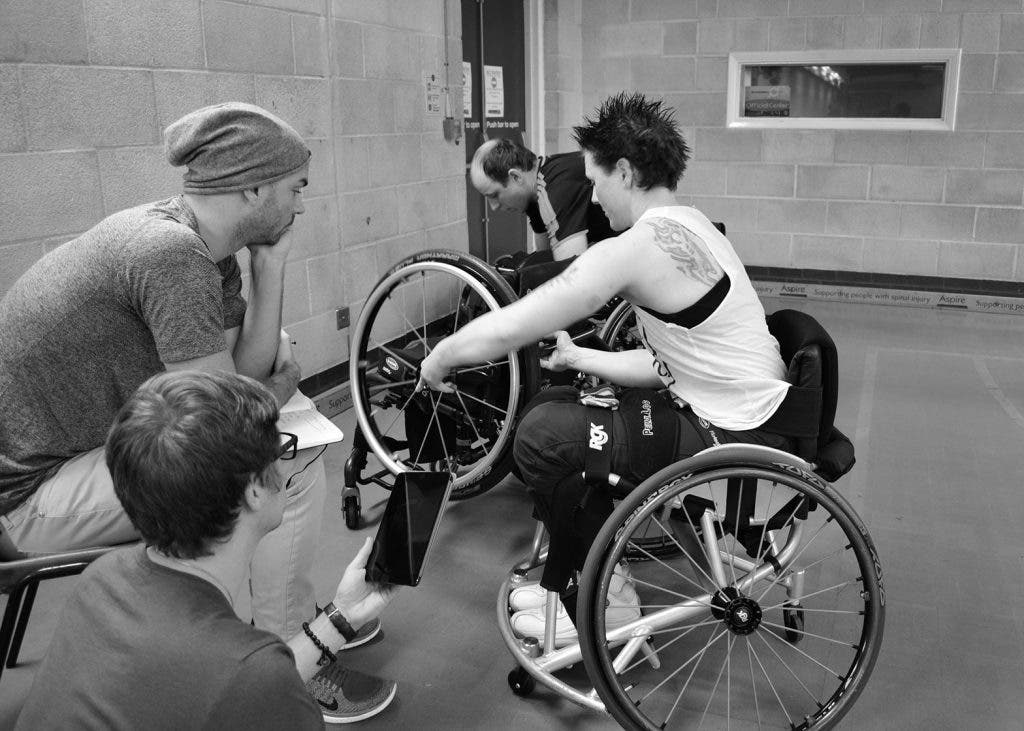Design studio Layer just unveiled their vision for a 3D printed wheelchair which promises to significantly improve the quality of life of users. The Go wheelchair will make its debut at the upcoming Clerkenwell Design Week at the end of May, and it’s the first 3D printed customizable wheelchair aimed at everyday users.

Reinventing the wheel
3D printing has the potential to revolutionize our lives, and it’s already starting to deliver on that potential. We already have a new generation of prosthetics (both human and animal), engines and even musical instruments. Due to its extremely high degree of customization and low prices, 3D printing can help in a number of ways – and make it cost efficient.
This new chair is made of semi-transparent resin, thermoplastic polyurethane (TPU) and titanium. TPU provides shock absorption while the titanium offers the needed sturdiness for the foot bay.
Not only can it be customized for each individual user, but it also features some innovations which are meant to aid mobility. Designer Benjamin Hubert and his team spent six months working with wheelchair users and medical professionals to learn how existing designs can be improved.
“With the Go wheelchair, we saw an opportunity to really progress the manual mobility category for users with disabilities, and to use 3D-printing technology to solve significant and meaningful problems,” said Hubert, who rebranded his studio as Layer last year to concentrate on more “human-focused” projects.
“3D printing for manufacture is the most appropriate and powerful technology available to capture each individual’s unique body shape to enhance the form and format of a very necessary product and provide exceptional performance,” he said.
A common issue many wheelchair users have is propelling themselves, especially during wet conditions. This Go chair reportedly solves this problem, using a system of lightweight carbon fiber spokes that fit within the chair’s wheels to make movement easier. A custom pair of gloves was also designed for the wheelchair, to help with the grip and reduce the chance of injury.
From prototype to public
The prototype will be presented at the upcoming Clerkenwell Design Week at the end of May. The chair comes with an app, in which potential customers can enter their biometric data to make sure they get a chair customized for their own needs.
They can also choose from a selection of custom elements (such as the gloves mentioned above), and then, after the command is entered, the wheelchair reaches its destination in two weeks or less.
This isn’t the first time people wanted to use 3D printers to improve the design of wheelchairs. According to Dezeen, British inventor Sam Pearce created a shock-absorbing wheel designed to help users negotiate uneven streets and rough terrain, whilst design studio Priestmangoode created a conceptual airline seat with a detachable wheelchair.
I expect more designs to come up in the future. After all, it would be a shame not to try to improve the quality of life for people who need it so much. Wheelchair designs haven’t changed that much in recent decades, but 3D printing may very well be the breakthrough we need for this.
All image credits: Benjamin Hubert / Layer
Was this helpful?






